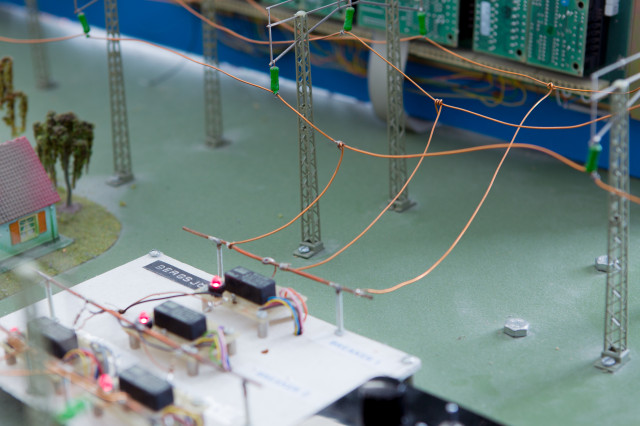Introduction to tele-economics;
- Market structure, type of actors and business relations at telecom markets.
- Telecom regulation and type of regulated markets and services.
- History of mobile communication (phases, technology, standardization).
Spectrum regulation
- Spectrum Management Regimes (Licensed/Unlicensed - market/command&control).
- Market based spectrum allocation: spectrum auctions.
- Dynamic/opportunistic/"White Space" spectrum access.
Wireless Broadband Network dimensioning and deployment
- Deployment strategies and dimensioning principles, demand, spectrum and capacity aspects
- Cost structure of telecom and broadband networks, operator examples
- Capital & operational expenditure (CAPEX & OPEX), Net present value, price erosion
Mobile operator business
- Overview and pricing of mobile services, charging and billing, subscriptions
- Mobile Service Regulation, Mobile operator competition and strategic planning
- Financing, investments and risk, revenue streams, willingness to pay, decision making factors.
